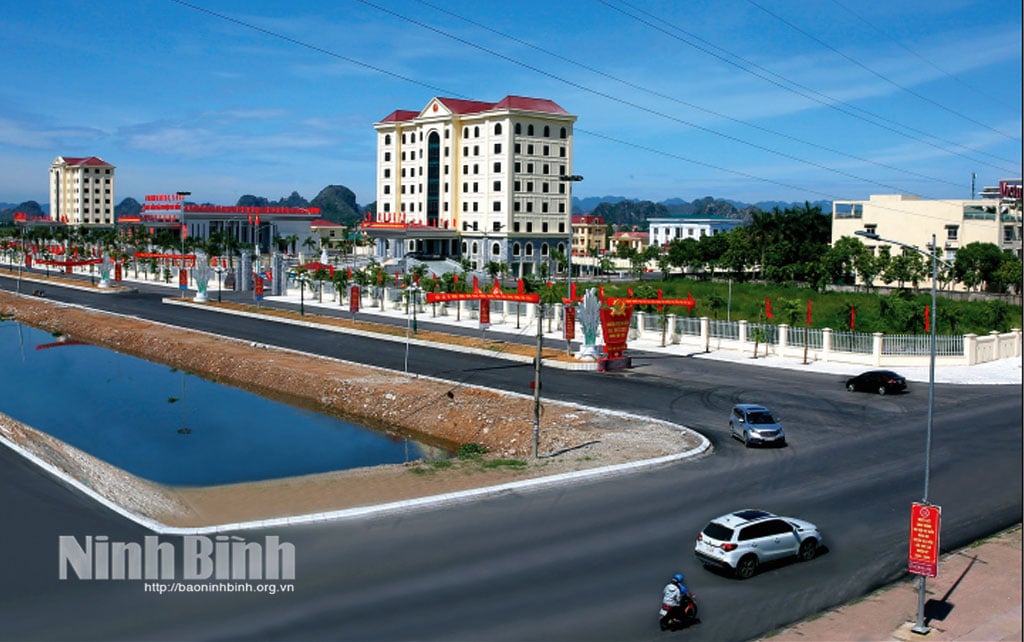
In particular, after 15 years of implementing the National Target Program on New Rural Development (NTM), with creative, effective and unique approaches, Ninh Binh has turned potential into driving force, turning difficulties and challenges into development opportunities. On May 31, 2025, the Prime Minister issued Decision No. 1058/QDTTg recognizing Ninh Binh province as having completed the task of building a NTM province. This is an important basis and foundation for building the current Ninh Binh province and the new Ninh Binh province after the merger of 3 provinces ( Ha Nam , Nam Dinh, Ninh Binh) to soon become a centrally-run city.
Located in the South of the Red River Delta, the North-South gateway, with a strategic location, the intersection and intersection of 3 regions (Red River Delta, Northwest - North Central and Central Coast), is a beautiful land, a sacred land, with a rich cultural history and revolutionary tradition. More than 30 thousand years ago, this place was chosen by prehistoric people as a place to gather and live. With a strategic military position, this place has marked the long marches to the South and North to protect the independence, sovereignty and territorial integrity of the Vietnamese people. This is also the birthplace of the 3 dynasties Dinh, Tien Le, Ly associated with the once glorious Hoa Lu Capital of the Dai Co Viet State - the first centralized feudal state of the Vietnamese people, opening a new page of history for the Vietnamese people, a page of independence, unity and self-reliance.
Ninh Binh still preserves its own historical sediments and unique cultural imprints, along with the unique beauty of natural architecture; is a place where heritage converges, has many advantages and outstanding potential in terms of natural resource and ecosystem values: Trang An Scenic Landscape Complex was recognized by UNESCO as the first and only World Cultural and Natural Heritage in Vietnam and Southeast Asia; Kim Son Mangrove Forest in the Red River Delta Biosphere Reserve was recognized by UNESCO in 2004; Van Long Wetland Nature Reserve was certified by the Global Green List Committee (IUCN) as the first Green List of Vietnam and Southeast Asia in 2020 and is the 9th Ramsar site of Vietnam; Cuc Phuong National Park, the first National Park of Vietnam, has been honored by the World Travel Awards as Asia's Leading National Park for 6 consecutive years.
Thoroughly grasping the Party and State's policies and viewpoints on building new rural areas, focusing on the Resolution of the 10th Central Committee on agriculture, farmers and rural areas; Decision No. 800/QD-TTg, dated June 4, 2010 of the Prime Minister approving the National Target Program on building new rural areas for the period 2010-2020...; on the basis of identifying the potentials and distinct advantages, the province has always identified building new rural areas as the top priority task that must focus on leading and directing in the direction of "green, harmonious and sustainable", nurturing nature, restoring relics, preserving and restoring historical and cultural values. Taking heritage as the foundation and driving force for socio-economic development and caring for people's lives.
The province has proactively and promptly issued a system of resolutions and policies for leadership and direction, such as: Resolution No. 03-NQ/TU, dated January 16, 2012 of the Provincial Party Committee on new rural construction in Ninh Binh province for the period 2011-2015, with a vision to 2020; Resolution No. 08-NQ/TU, dated November 8, 2021 of the Ninh Binh Provincial Party Committee on new rural construction for the period 2021-2025, with a vision to 2030; Project No. 05/DA-UBND dated July 1, 2022 on new rural construction in Ninh Binh province, period 2021-2025... These are important political and legal bases for authorities at all levels to organize, direct and manage socio-economic development in general and the task of building new rural areas in particular in a flexible and creative manner, suitable to the practical requirements of each stage.
With the viewpoint of "taking the people as the main subject, the State plays the role of creation, orientation and support", after 15 years of implementing the National Target Program on building new rural areas in a systematic and roadmap manner, with steadfast solutions, Ninh Binh province has achieved comprehensive and sustainable achievements in all fields, leaving a strong mark in the process of developing agriculture, farmers and rural areas; affirming the leadership role of Party committees, authorities and the consensus of the people. Notably:
The rural economic picture has changed dramatically to become a dynamic production space. The economic structure has shifted towards reducing the proportion of agriculture and increasing the proportion of industry and services. By 2024, the average production value per hectare of cultivated land will reach 160 million VND/ha/year, 2.5 times higher than in 2010; industry and construction account for 41.3%, services account for 48.6%.
The province currently has 209 OCOP products with 3 stars or more, of which 67 products have 4 stars, contributing to increasing the value of agricultural products, creating momentum for rural economic development associated with preserving and promoting local cultural identity. Many specialized production areas, applying high technology, associated with processing and consuming products have been formed, promoting commodity agriculture and developing household economy. Up to now, Ninh Binh has become the leading fruit and vegetable processing center in the country, playing a leading role with the famous DOVECO brand in the domestic and international markets.
Rural infrastructure has developed synchronously both intra-regionally and inter-regionally. By 2024, the whole province has mobilized 68,302 billion VND for new rural construction; 100% of communal and inter-village roads have been paved; 100% of communes have schools that meet national standards; 100% of households have access to the national grid; the rate of households using clean water is over 98%. The irrigation system has been invested to ensure proactive irrigation for over 95% of agricultural land, contributing to increasing productivity and proactively preventing natural disasters according to the "four on-site" motto and improving the capacity to effectively respond to climate change. Telecommunications infrastructure, information technology, and digital transformation have been widely deployed, providing an important basis for 24 communes to deploy the "smart rural" model.
The rural appearance has changed completely, becoming more spacious, clean, and beautiful, with a healthy ecological environment; people's lives have been increasingly improved. 100% of communes have met the new rural standards, of which 65/101 communes have met the advanced standards (accounting for 64.3%) and 18 communes have met the model standards. The poverty rate has decreased to only 1.48% by 2024, down more than 10% compared to 2010. The average income in rural areas has reached 70.74 million VND/person/year, more than 5 times higher than at the beginning of the Program. Rural tourism models such as community, ecological, and craft villages have developed strongly, attracting a large number of tourists, creating more jobs and income for people. A series of models of "clean houses, beautiful gardens", "model flower roads", "garbage-free villages" have been replicated, beautifying the landscape and raising community awareness. The new rural model associated with tourism development is a bright spot in many localities such as: Truong Yen, Ninh Hai (Hoa Lu city), Gia Van, Gia Sinh (Gia Vien)...
The people are truly the subject, people's awareness has changed positively from enjoyment to active and creative participation, in line with the motto "people know, people discuss, people do, people inspect, people enjoy". The people of the whole province have contributed more than 12,750 billion VND, donated over 1,200 hectares of land, participated in more than 610,000 working days and other construction materials with a total converted value of over 1,400 billion VND. Not only participating in material matters, people have also proactively proposed, supervised and implemented projects, contributing to improving the efficiency and sustainability of new rural projects. Thereby, the spirit of mastery, self-reliance and self-reliance has been formed among the people, creating an important endogenous driving force for socio-economic development.
The work of building the Party and the grassroots political system has been firmly consolidated. Party organizations, the government, the Fatherland Front and mass organizations have been consolidated, operating effectively and efficiently, promoting their core role in organizing and supervising the Program. The religious and ethnic situation is stable. The movements of "All people protecting national security" and "All people uniting to build a cultural life" continue to be widely deployed, creating a solid people's security posture.
The program of building new rural areas in Ninh Binh is not only a revolution in infrastructure development but also a great step forward in thinking, strategic vision and persistent efforts and determination of the entire political system and the people. The achievements are vivid evidence of the spirit of solidarity, high political determination and flexible and creative application in organization and implementation. This is the policy of the Party and the State and the implementation process shows that the work of building new rural areas is truly "Party's will meets people's will".
Through summarizing the practical experience of implementing the Program, Ninh Binh province has drawn two key lessons that bring success in the process of building new rural areas: Leadership and direction must always ensure a close connection between theory and practice; development orientation must go hand in hand with forecasting, anticipating challenges and promptly seizing opportunities of the times. Implementation must be suitable to the conditions and circumstances of each locality and each community from the perspective of promoting the spirit of self-reliance and self-improvement. Promoting the strengths of history, culture, land and people to turn heritage into assets and brands of Ninh Binh; turning potentials and strengths into resources, potentials and motivations for development.
This has created the picture of Ninh Binh New Rural Area: Rural areas are in harmony with urban areas in both space and identity. Rural areas are not only residential areas, but also places to preserve the cultural soul, national identity, and are memories and resources for the future. Therefore, the province chooses a balanced development strategy: not to let urban areas overwhelm rural areas, but to awaken and enhance rural values as part of the soul of the modernization process.
The process of building new rural areas in Ninh Binh is always associated with the goal of harmonious development between rural and urban areas associated with building heritage urban areas; sustainable development on the foundation of heritage, linking the program of building new rural areas with conservation, preservation and promotion of heritage values, of which Trang An Scenic Landscape Complex is an exemplary model recognized by the world. There, each rice field, each mountain, each roof is a living heritage, both livelihood and culture. The countryside does not stand on the sidelines, but is the nucleus that creates a unique urban space, where modern people live in the heart of their roots; where the countryside is closely connected with the central city, creating a harmonious, sustainable and humane whole.
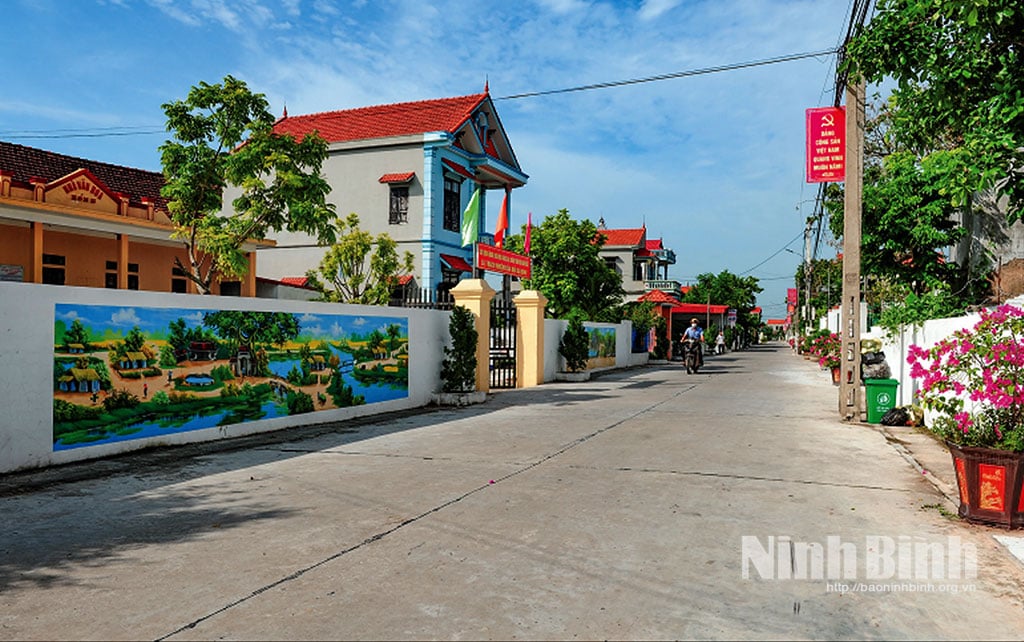
Ninh Binh province is the second locality in the country to complete the task of building a new rural area according to the national criteria for the period 2021-2025, and is also one of the 7 provinces (including Nam Dinh, Dong Nai, Ha Nam, Hung Yen, Hai Duong, Tra Vinh and Ninh Binh) to meet the national standards of a new rural province. This is an important milestone and is even more meaningful when the 3 provinces of Ninh Binh-Nam Dinh-Ha Nam are preparing to merge into a new administrative unit.
In the coming time, along with implementing strategic political tasks, Ninh Binh province after the merger will continue to identify Agriculture, Farmers and Rural Areas as the key foundation of the country's industrialization and modernization process. This is not only a support for socio-economic development and ensuring national defense and security, but also contributes to protecting the ecological environment, preserving and promoting national cultural identity. From there, step by step build a harmonious development model, linking urban and rural areas, traditional and modern, towards the goal of sustainable and comprehensive development. In the coming time, the province will focus on implementing the following key tasks:
Firstly , continue to thoroughly grasp the Resolution of the 13th National Congress of the Party, the Resolution of the 5th Central Conference of the 13th tenure on agricultural, farmer and rural development to 2030, with a vision to 2045; the resolutions, conclusions and directions of the Central Committee, the Politburo, the Secretariat, the National Assembly, the Government, the Resolution of the 22nd Ninh Binh Provincial Party Congress, thoroughly grasp the major viewpoints and orientations in national construction and development and the viewpoints, orientations and strategic goals according to the Ninh Binh Provincial Planning for the period 2021-2030, with a vision to 2050, creatively apply and effectively implement them, in accordance with local conditions and circumstances; On that basis, review, update and complete the plans, propose tasks and solutions that both ensure strategic and long-term nature and solve immediate problems, especially promoting the potentials, advantages, space, motivations and new opportunities after the merger of the three provinces (Ninh Binh, Nam Dinh, Ha Nam). Continue to research and issue specific policies for sustainable and harmonious rural development, in line with the urbanization process. Ninh Binh determines that there cannot be a model new rural area without a mechanism to encourage socialization and a separate policy for enterprises investing in rural areas. The province has, is and will continue to propose and proactively build strong support policies, from preferential credit, land, administrative procedures to vocational training and access to consumer markets. The goal is for every citizen to see the countryside as a promised land.
Second , strengthen the connection of traffic infrastructure. Build and upgrade traffic routes connecting rural and urban areas, especially the main routes connecting regions and inter-regions, connecting with important national roads and railways; research and develop a number of urban railways. Ensure a convenient traffic system between rural and urban areas, promote the exchange of goods, services, tourism, and cultural exchange. Prioritize investment in advanced and model NTM communes that play a leading and spreading role. Investment is not spread out, not following trends, the province focuses resources on places that have enough conditions to break through, communes with strategic locations, potential for tourism development, and high-tech agriculture. Each model commune is a nucleus, an example to replicate and spread the spirit of innovation, both preserving traditional beauty and integrating into modernity.
Third , strengthen integrated planning and inter-regional governance. Development cannot be separated from planning. The province identifies integrated planning, where rural, urban, tourism, industrial and conservation areas are designed in a holistic picture, as a roadmap for the future. At the same time, inter-regional governance is also emphasized: commune clusters, industrial clusters, and tourist destinations do not develop separately but connect, share infrastructure, services and opportunities, creating a rural space in harmony with urban areas.
Fourth , human development is the pillar of civilized NTM because "there is no new countryside if people are still old". Therefore, the province will continue to focus on investing heavily in education, health care, culture and innovative startups. Focus on improving the governance capacity of local authorities. Training courses, self-management models, community cultural creative spaces... need to continue to be promoted, with the mindset of building a new generation of farmers who are "courageous, civilized and in control of their lives".
Fifth , strengthen state management and encourage community participation. Reform administration, create a favorable environment for investors in rural areas, and improve the capacity of authorities at all levels in managing and supervising the process of developing new rural areas. Encourage active participation of people in rural development activities, build skillful mass mobilization models to ensure consensus in the community.
Looking back on the 15-year journey of building a new rural area, Ninh Binh has taken great strides on an open road: Taking rural areas as the foundation, urban areas as the driving force, heritage as identity, culture as the core and the people as the subject. The completion of the task of building a new rural area is not only an achievement of today but also a basis for the province to shape its vision for the coming decades. With high political determination, innovative thinking and consensus of the people, Ninh Binh province in the new period will continue to firmly step on the journey of building a Millennium Heritage City with its own identity - a place where development is not only measured by growth figures but also by the level of happiness and peace of the people.
Pham Quang Ngoc
(Deputy Secretary of Provincial Party Committee, Chairman of Provincial People's Committee,
Head of the Steering Committee for National Target Programs of Ninh Binh province)
Source: https://baoninhbinh.org.vn/xay-dung-nong-thon-moi-tren-nen-tang-di-san-dong-luc-phat-880800.htm








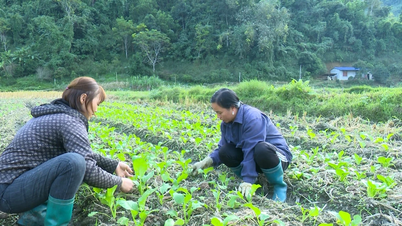



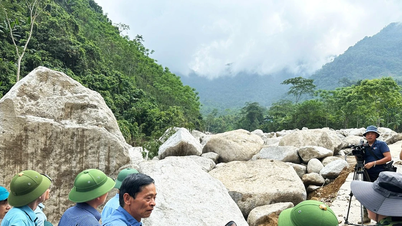
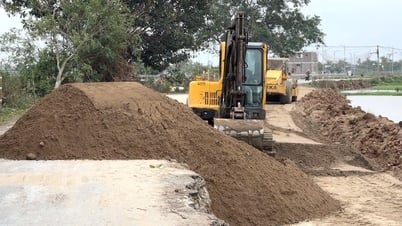

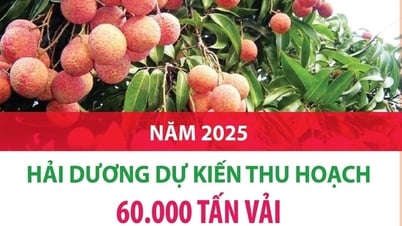
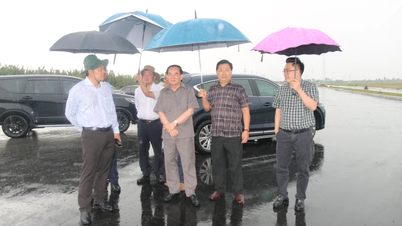






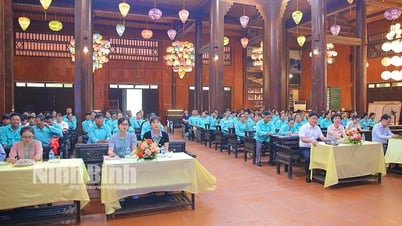
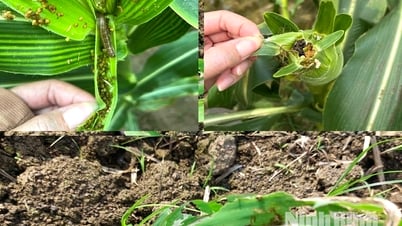
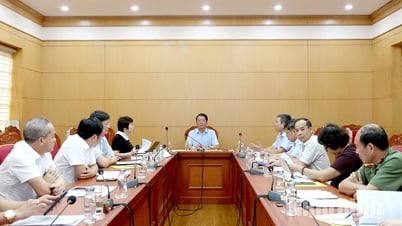



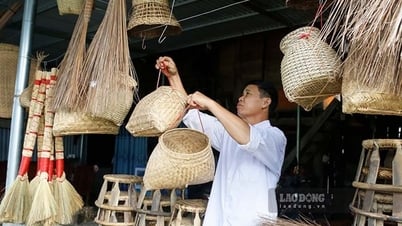

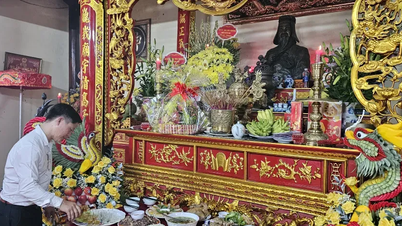



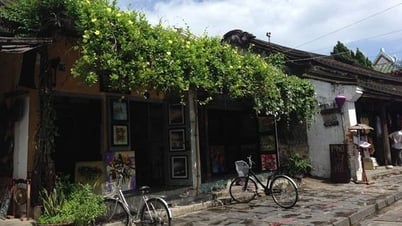










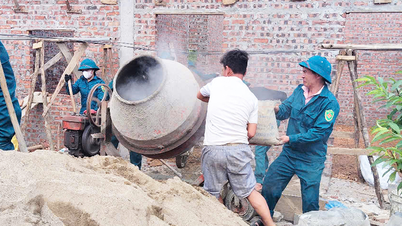

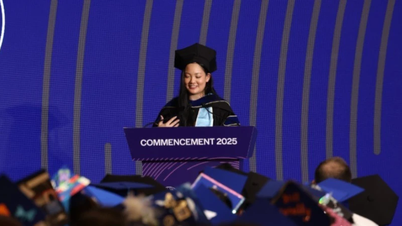










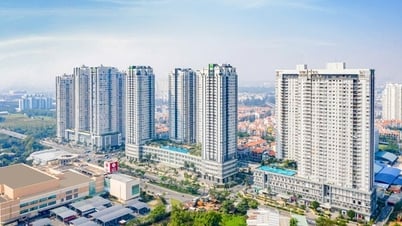
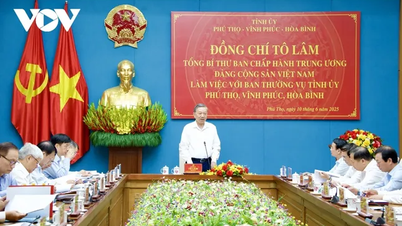

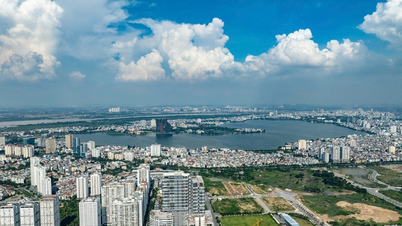


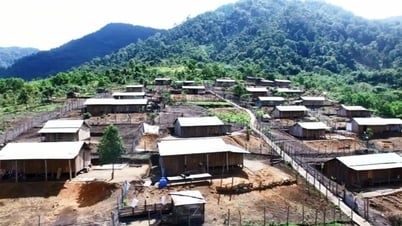

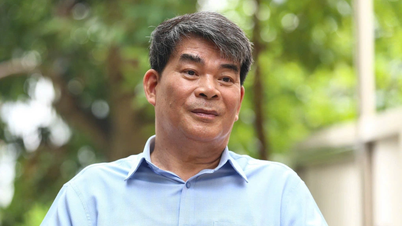
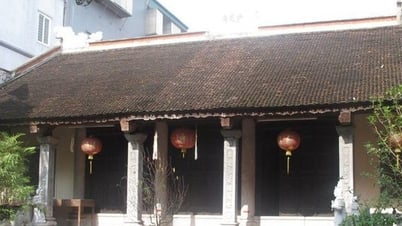

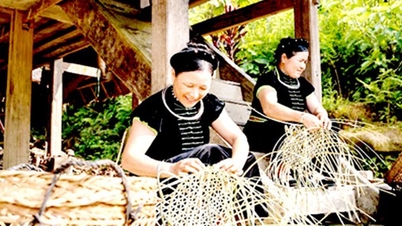

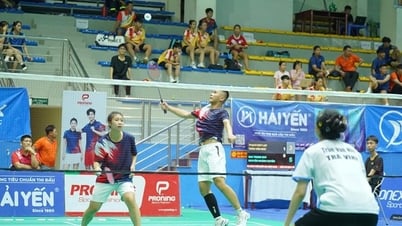
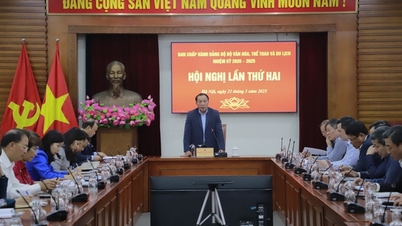
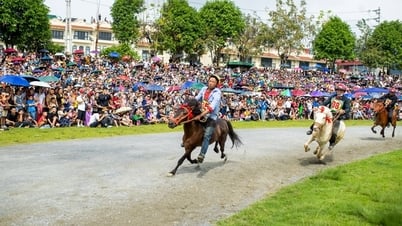
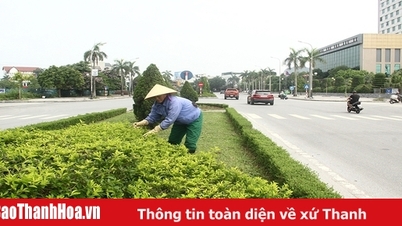

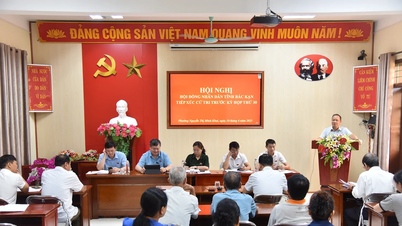


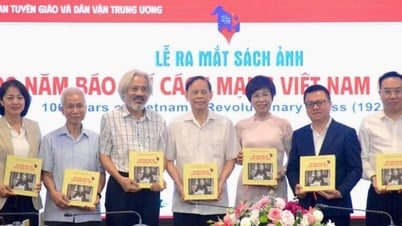

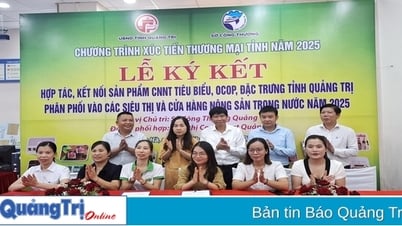

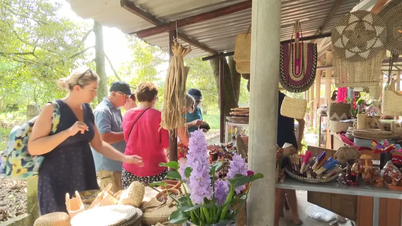



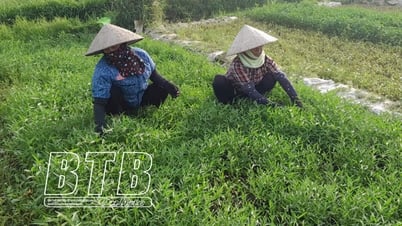
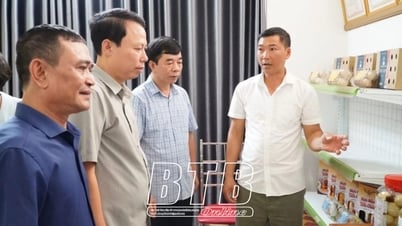

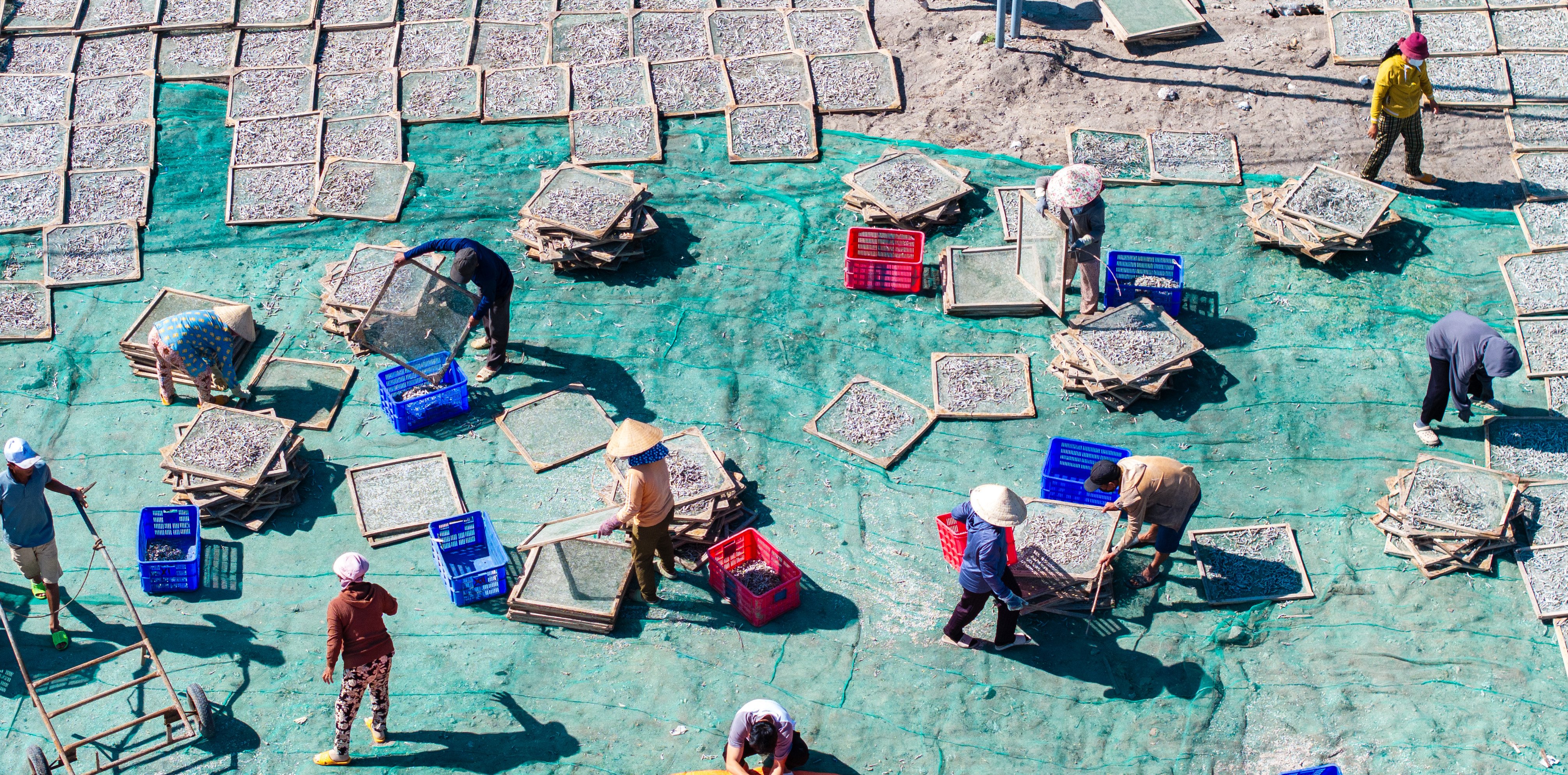

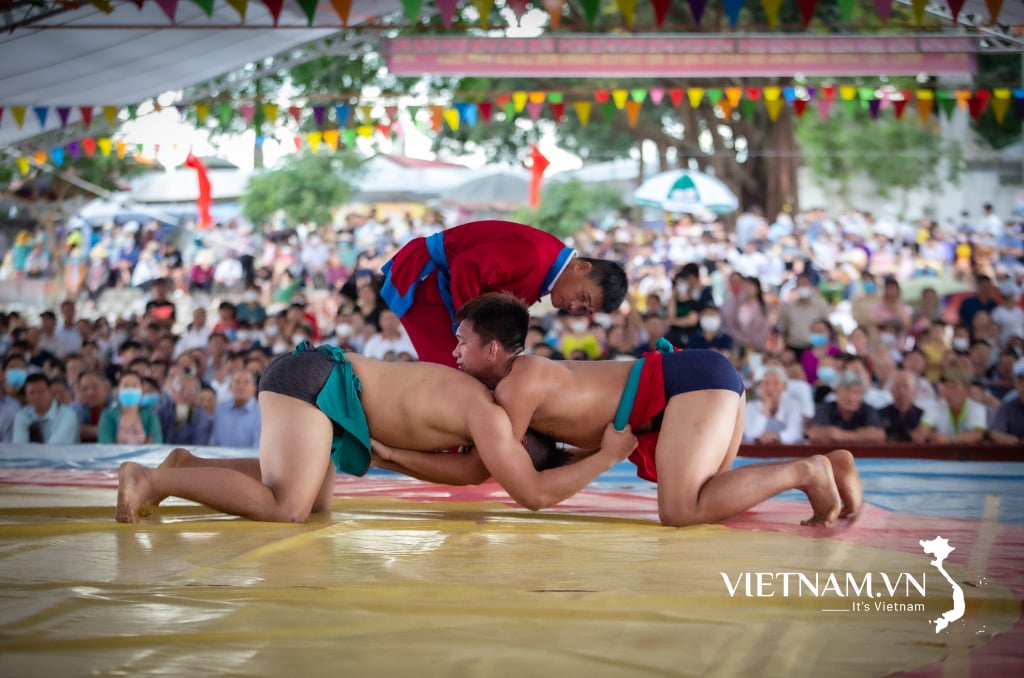
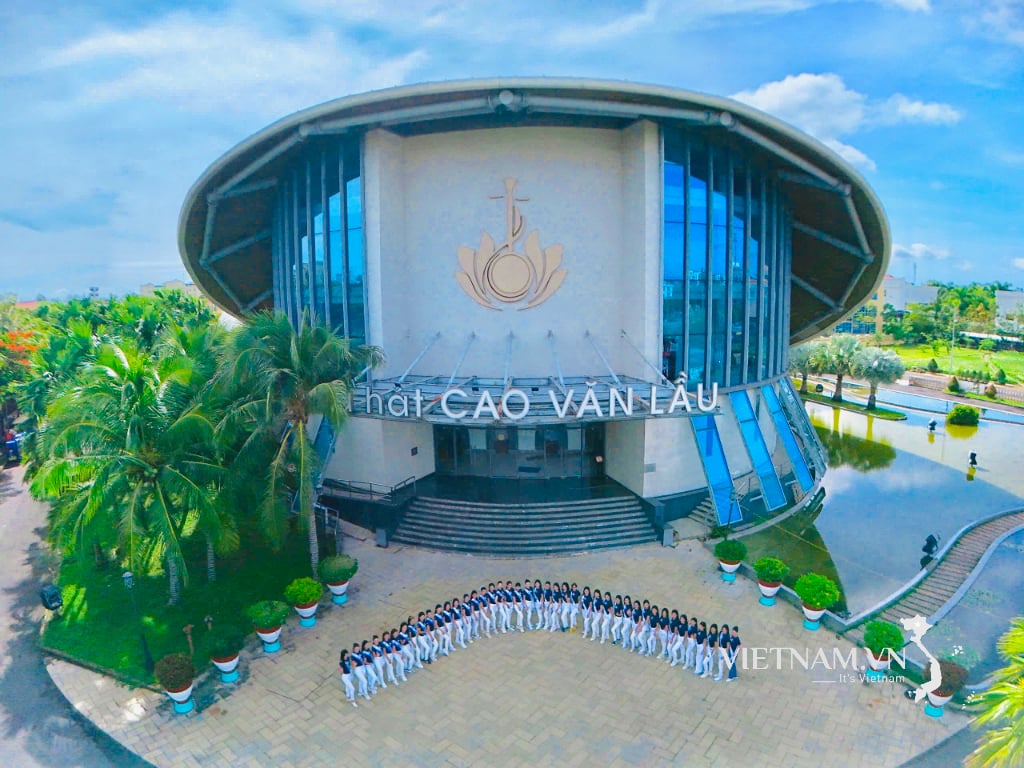
Comment (0)